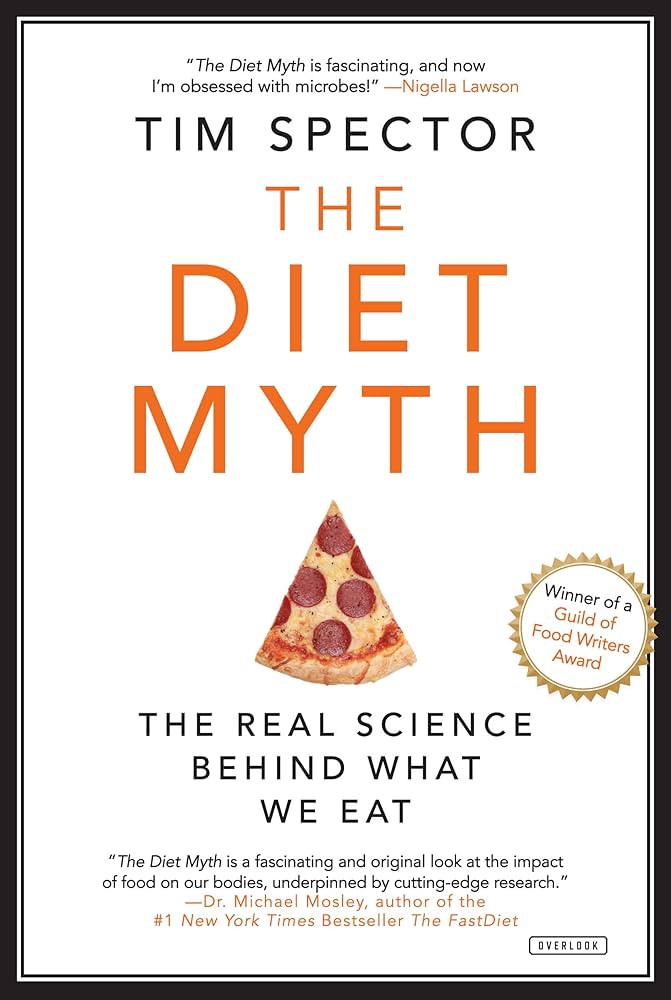Our Gut MicroBiome. How much do we really know?
Posted by Phil Heler on March 22, 2024The trajectory of gut microbiome research has gone interstellar. It is driven by the suggestion that there is a vast potential for improving our health. But how much do we really know?
The secret of immortality and the quest for the fountain of youth is an age-old question. It could be argued that ageing is purely a matter of perspective. As someone once said, ‘we would like to die young as late as possible’. One of the last great actresses of the golden Hollywood era, Sophia Loren said; ‘there is a fountain of youth: it is your mind, your talents, the creativity you bring your life and the lives of the people you love. When you learn to tap this source, you will have truly defeated age.’ The resonance of those wonderful words would have been very different had they included the science of the microbiome and the ‘power of poo’ as a hallmark of a successful ageing.
Science is of course fascinated by the ageing process and how we can live longer while also securing better health. An obvious place to look is the 100 trillion bacteria that live inside us and the influence that they have on our health. Bacteria really do rule the world. They have coevolved with us (the symbiont) to maintain a collective balance. We as humans are holobionts. As strange as it may be we are a superorganism and as such we are a collection of organisms.
They govern the biosphere we live in and all the chemical cycles that make the key elements of life (carbon, nitrogen, oxygen and sulphur). All living things are closely linked with bacterial communities. The bacteria associated with the human body allow us to extract energy from food . We could not digest what we eat without them. They also help protect us against disease. All of this is conducted within highly diverse and complex communities—these are intricate, balanced, and fully integrated biomes that adapt swiftly and flexibly to change.
Unless you have been avoiding all forms of mass media you will have heard of the new scientific darling and phenomenon that is the ‘human microbiome’. You will be aware of prebiotics and probiotics, the benefits of eating loads of yogurt, sauerkraut, kombucha or kimchi – and attempts to try to foster ‘good’ bacteria.
The trajectory of gut microbiome research has gone interstellar. It is driven by the suggestion that there is a vast potential for improving our health by better understanding the microflora that we share our lives with. The science is unfolding rapidly, and we are just in the early throes of making sense of it all.
The untapped possibilities of the microbiome are becoming increasingly commercial even before the science has evolved. It has generated a new emerging industry which sells direct to consumer (DTC) microbiome testing kits. I, like many others, have closely followed the work of Tim Spector. Tim Spector was one of the first scientists to introduce the importance of the gut microbiome and its influence on human health to a non-scientific audience in his book ‘The Diet Myth’ which was an international bestseller.
I have also recently signed up to his ZOE research programme that subjects me to a metabolic analysis home test kit. I am after all a perfect target. I am interested in healthcare and I have a keen interest in physiology. I am also invested because I have a chronic illness (a mild version of post viral fatigue) and want to leave no stone unturned in my quest for good health.
My home test kit (guided by the obligatory ‘App’ ) combines microbiome analysis, blood testing, food logging and continuous blood sugar analysis. It is worth saying that the ZOE research programme is the market leader and sets high standards within what is an unregulated industry. I paid £199 to participate for my home test kit but I still have concerns.
Our knowledge and scientific understanding of the human microbiome and its untapped reserve is largely theoretical. What we don’t know about the gut microbiome and its contribution to health and disease is a lot more than what we do know.
Historically, the study of bacteria has traditionally focused on single species of bacteria grown in pure culture, so understanding of these complex communities lags behind understanding of their individual members. We do know enough to realise that the bacteria that share our lives, as communities, are very important in maintaining our internal stability (or homeostasis).
It was not even possible to accurately measure the huge bacterial community of our microbiome until very recently. This is simply because the science did not exist. This was because most of the bacteria that live inside us do not like oxygen (they are anaerobic) and cannot be readily cultured.
It took a new science called ‘metagenomics’ (invented in 2005) to even make it possible to investigate gut bacteria in their natural environments, the complex communities in which they flourish.
Our understanding of the normal microbiome patterns, including what even constitutes a healthy versus diseased pattern is still in its infancy. Relatively few associations have been established in human studies thus far. One of many issues surrounding the constitution of a normal gut microbiome and what it includes is difficult.
Typically, our communities comprise some nasty bedfellows such as pathogenic strains of E. coli and Enterococci. There is no clear distinction of which are the good versus the bad bacteria, or if some have both roles or are benign. Our digestive tracts are indeed mind bogglingly complex.
Our digestive system is 6.5 meters long with different bacterial ecosystems at different points . Some estimates suggest that there up to 20 billion bacteria just in our mouth comprising 500-600 different species. And yes, worryingly kissing may even involve the exchange of up to 10 million bacteria . But on the assumption you have kissed your partner before this, it does not necessarily disturb your biome. This is not an unusual idea as assuming you hug and stroke your pets that you live with you may share some populations with them as well.
Your stomach (at a pH of 2) acts as a ‘gastric barrier’ and has relatively few inhabitants. But the colon, on the other hand, is a very busy place. Here we have 100 billion invisible little friends per gram of poo with 4,500 types of bacteria.
The relative proportions and profiles of all these different bacteria vary dramatically between individuals and even within the same person during the course of their lives. More specifically life events such as how we are born (normal delivery or ‘C’ section) or illness or antibiotic treatments cause massive chaotic shifts in our biome. So how do we define what is optimal for one individual when compared to another? How do we know if your microbiome is sub-optimal?
What we do know at this moment in time is that microbial diversity may hold the key. There are several studies that have looked at people who are lucky enough to be centenarians. In developed countries, the prevalence of centenarians is about 1 in 6,000. Supercentenarians, those who reach 110 years or more, are much rarer; only about 1 in 7 million people around the world live this long.
Many of these remarkable individuals have a much lower incidence of chronic illness and a reduced morbidity. Scientifically they are of course regarded as a model for healthy ageing. This is especially so because the right balance of intestinal microbes might help physically protect an ageing gut. A healthy diverse gut flora is a resilient ecosystem that wards off pathogens as invasive species and typically destroys them upon entry. Hence better health.
A remarkable study in China looked at a total of 106 people who had an average age of 107 years. It appeared that these Chinese centenarians had gut flora that had an enhanced response to inflammation. Inflammation is the immune system’s response to damage. We do not yet know which bacteria help reduce this age-related effect, known as ‘inflammaging’ (a portmanteau of ageing and inflammation) .
Inflammation is at the centre of many age-related conditions, including diabetes, heart disease, cancer and dementia. As we age, we do know that there is a reduction in bacteria that are seen as beneficial. These have a role in limiting pathogenic bacteria. They help maintain the integrity of our intestinal barriers by producing mucus and lipid metabolites, such as short-chain fatty acids. Without this protective effect we are more prone to what is known as dysbiosis (an unbalanced microbiome).
Another study published in 2018 looked at a region in Korea that is famous as a ‘longevity belt’ because it has a high prevalence of centenarians. This study looked at the neighbouring counties of Gurye, Gokseong, Sunchang, and Damyang, located in the southwestern part of South Korea. Here they enrolled 25 centenarians. The researchers noticed that the gut microbiota in their participants had a much higher bacterial diversity, which is likely linked to good immunological and metabolic health. The dietary characteristics of these centenarians showed that they had regular dietary habits with a highly diverse food intake.
Fortunes are spent each year on diseases of ageing. A huge array of multiple factors influences ageing, so cultivating the correct microbiome is unlikely to be the fountain of youth. But it does hold the promise that we can live longer, healthier lives – not merely adding years to our lives, but perhaps also some life to those years.




